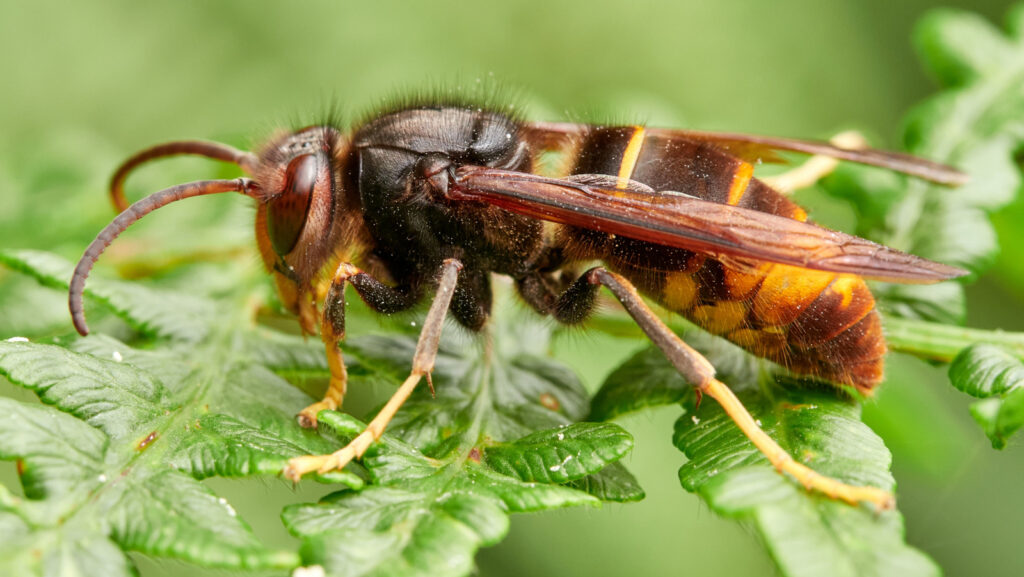
Asian hornets, notorious for their aggressive predation on bees and other pollinators, are facing a new challenge in the United Kingdom. The National Bee Unit has initiated an innovative project utilizing micro-transmitters to track these invasive insects back to their nests. This approach aims to mitigate the significant threats these hornets pose to local biodiversity.
The recent surge in Asian hornet sightings in the U.K. has raised alarm among biodiversity experts. These hornets are categorized as apex predators within their ecosystem, and although not directly harmful to humans, they have a devastating impact on pollinator populations. Traditional methods of combating their spread, such as habitat destruction and seasonal trapping, often prove labor-intensive and time-consuming.
To enhance tracking efficiency, the National Bee Unit has begun experimenting with micro-transmitters designed to be fitted to Asian hornets. Weighing less than 160 milligrams, these tiny devices feature short antennas that allow hornets to fly without hindrance. The ability to modify and reuse these devices adds to their practicality, making them a cost-effective solution.
The Animal and Plant Health Agency (APHA) has reported promising results from initial field tests of this technology. The deployment of four sets of micro-transmitters will soon commence, enabling experts to trace the flight paths of these hornets more effectively. According to the APHA, attaching the trackers to a captured hornet takes approximately five seconds.
The tracking process begins at locations where hornets have been spotted. Experts set up feeding baits to attract the hornets, marking those that return for feeding. Once a hornet is marked, it is fitted with a micro-transmitter on its waist before being released. As the hornet returns to its nest, its signal can be triangulated using a combination of handheld directional receivers, drones, or a mobile application. This technology allows for tracking within a range of 0.6 miles, providing valuable data on the hornets’ nesting locations.
The project also benefits from community engagement through the crowd-sourced app, Asian Hornet Watch. This initiative logged approximately 30,000 reports last year, contributing significantly to tracking and monitoring efforts. The app provides users with tools to report sightings, and similar applications have been successfully used in other regions, such as India, for reporting snake sightings.
“Signal strength is displayed via LED indicators and audio pitch, guiding inspectors directly to the nest,” explains the research team. In addition to the advanced tracking technology, the APHA has published a detailed guide for the public on identifying and monitoring yellow-legged hornets, encouraging citizens to report sightings through their online platform or the Asian Hornet Watch app, available on both iOS and Android.
This micro-transmitter initiative is the latest development in efforts to control the spread of Asian hornets. Interestingly, such innovative tracking strategies echo historical projects like the CIA’s Project Acoustic Kitty, which sought to equip cats with transmitters for espionage purposes, highlighting the lengths to which organizations will go to address complex challenges.
As researchers continue to refine their methods, this new technology represents a proactive step towards safeguarding local ecosystems against the invasive threats posed by Asian hornets.







